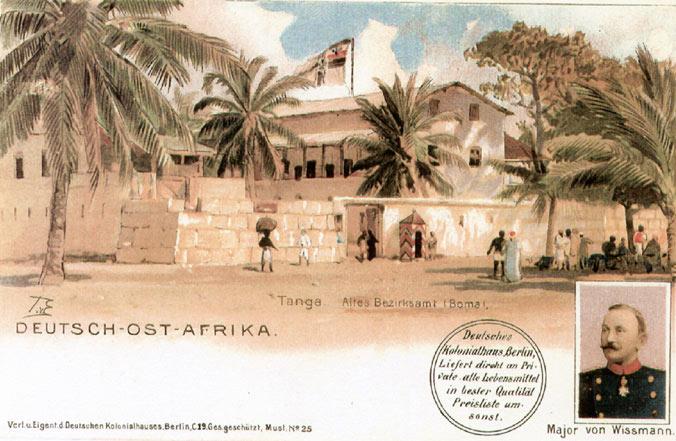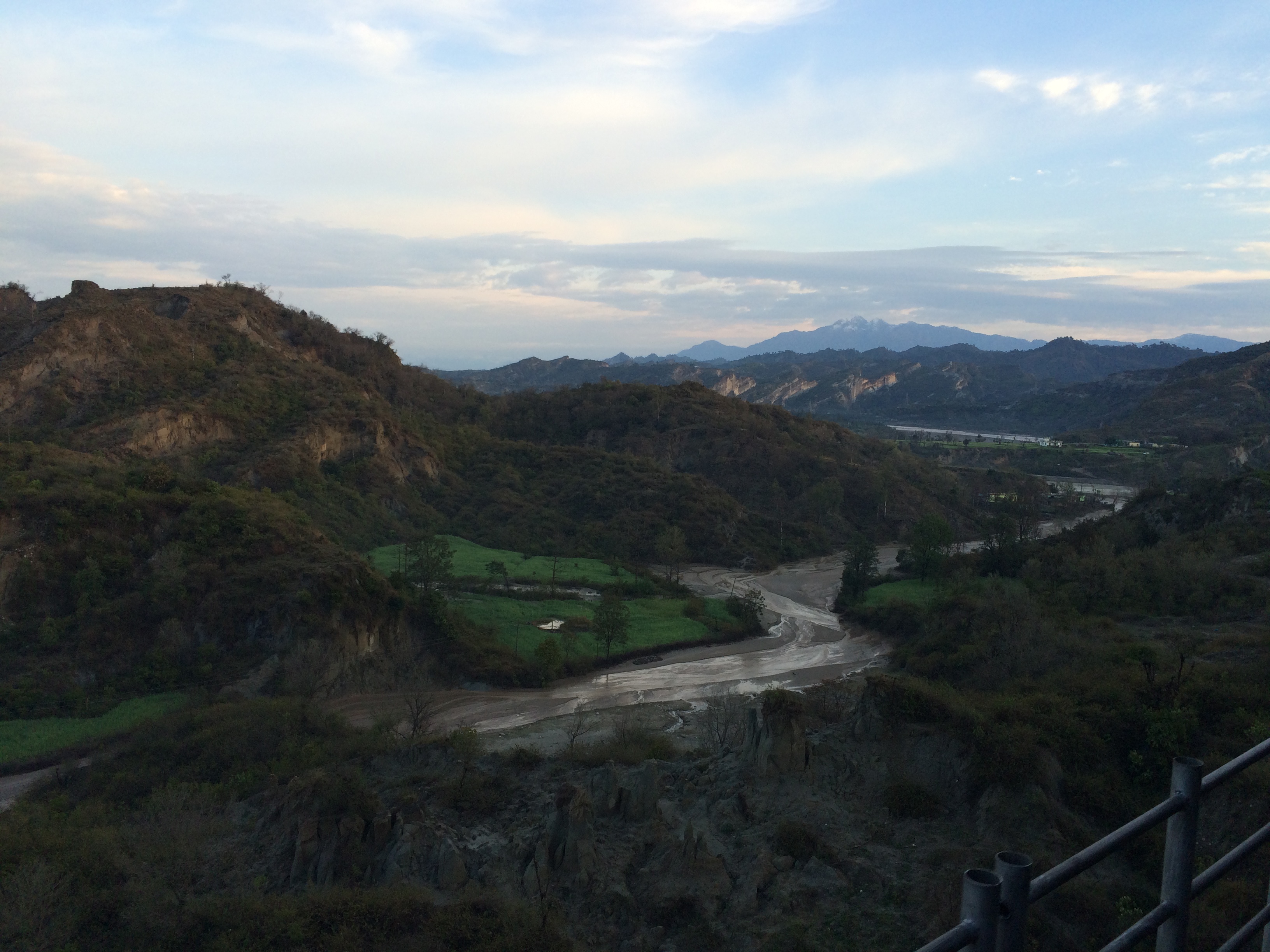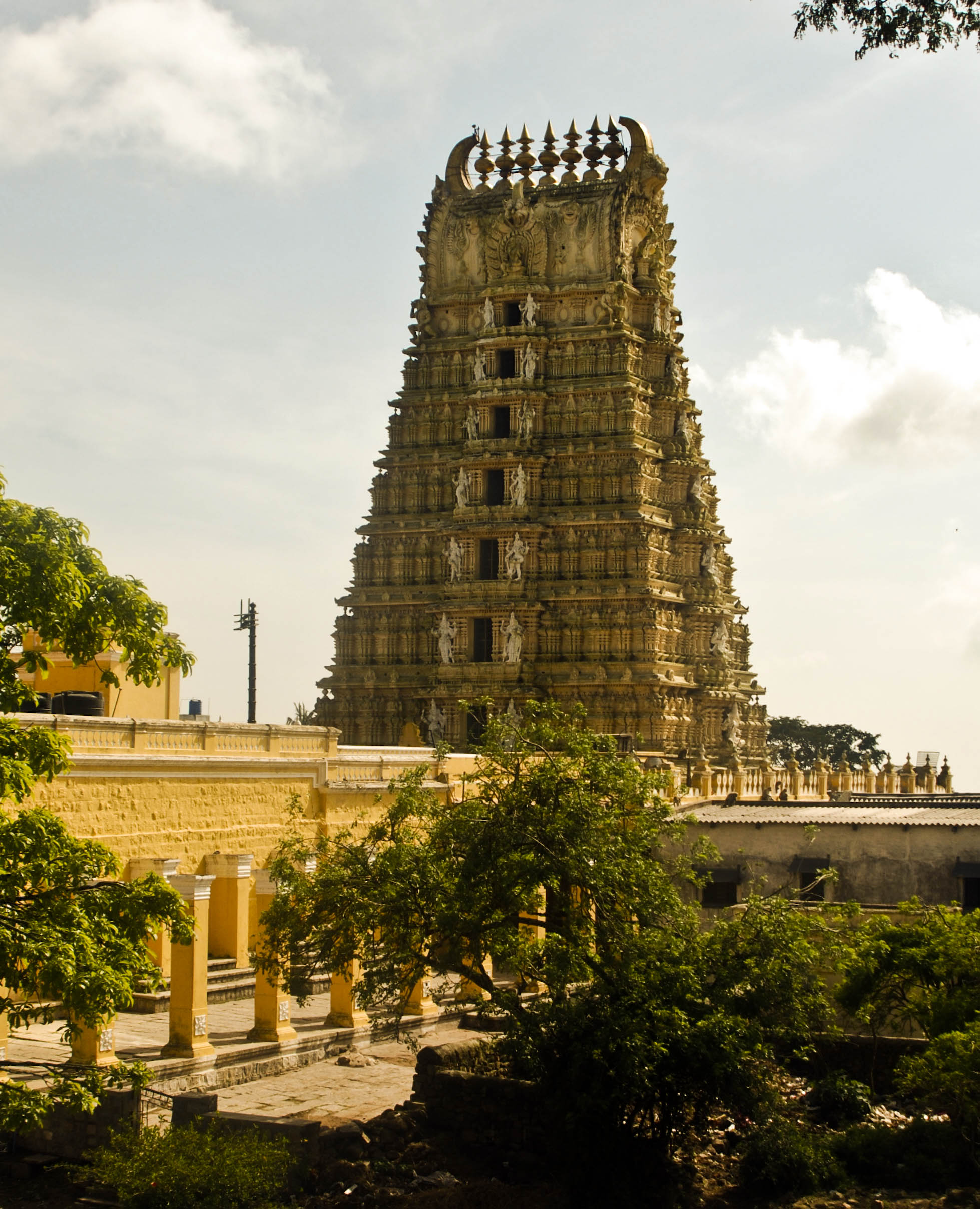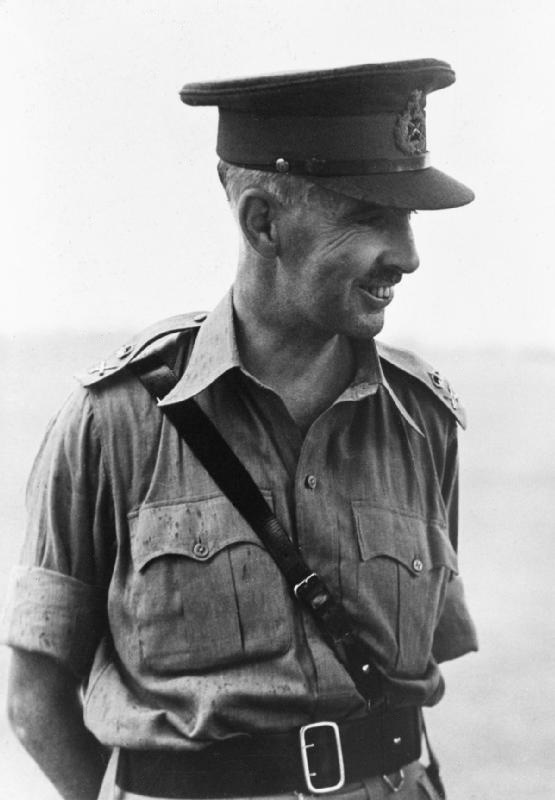|
Indian State Forces
The Imperial Service Troops, officially called the Indian States Forces after 1920, were auxiliary forces raised by the princely states of the Indian Empire which were deployed alongside the Indian Army when their service was required. The Imperial Service Troops were inaugurated in 1888 by the Viceroy of India. At the beginning of the 20th century, their total numbers were about 18,000 men. The troops were routinely inspected by British officers and generally had the same equipment as soldiers in the Indian Army. Although their numbers were relatively small, the Imperial Service Troops were employed in China and British Somaliland in the first decade of the 20th century, and later saw action in the First World War and Second World War. Genesis In March 1885, after a Russian force defeated the Afghan army at Panjdeh, a village on the ill-defined Russian-Afghan frontier, the British were alarmed and immediately dispatched units from the Army of India to reinforce the North- ... [...More Info...] [...Related Items...] OR: [Wikipedia] [Google] [Baidu] |
British Indian Empire 1909 Imperial Gazetteer Of India
British may refer to: Peoples, culture, and language * British people, nationals or natives of the United Kingdom, British Overseas Territories and Crown Dependencies. * British national identity, the characteristics of British people and culture * British English, the English language as spoken and written in United Kingdom of Great Britain and Northern Ireland and, more broadly, throughout the British Isles * Celtic Britons, an ancient ethno-linguistic group * Brittonic languages, a branch of the Insular Celtic language family (formerly called British) ** Common Brittonic, an ancient language Other uses *People or things associated with: ** Great Britain, an island ** British Isles, an island group ** United Kingdom, a sovereign state ** British Empire, a historical global colonial empire ** Kingdom of Great Britain (1707–1800) ** United Kingdom of Great Britain and Ireland (1801–1922) * British Raj, colonial India under the British Empire * British Hong Kong, colonial Ho ... [...More Info...] [...Related Items...] OR: [Wikipedia] [Google] [Baidu] |
British Empire
The British Empire comprised the dominions, Crown colony, colonies, protectorates, League of Nations mandate, mandates, and other Dependent territory, territories ruled or administered by the United Kingdom and its predecessor states. It began with the English overseas possessions, overseas possessions and trading posts established by Kingdom of England, England in the late 16th and early 17th centuries, and colonisation attempts by Kingdom of Scotland, Scotland during the 17th century. At its height in the 19th and early 20th centuries, it became the List of largest empires, largest empire in history and, for a century, was the foremost global power. By 1913, the British Empire held sway over 412 million people, of the world population at the time, and by 1920, it covered , of the Earth's total land area. As a result, Westminster system, its constitutional, Common law, legal, English language, linguistic, and Culture of the United Kingdom, cultural legacy is widespread. ... [...More Info...] [...Related Items...] OR: [Wikipedia] [Google] [Baidu] |
Egyptian Expeditionary Force
The Egyptian Expeditionary Force (EEF) was a military formation of the British Empire, formed on 10 March 1916 under the command of General Archibald Murray from the Mediterranean Expeditionary Force and the Force in Egypt (1914–1915), at the beginning of the Sinai and Palestine campaign of the First World War. History Formed in the British protectorate of the Sultanate of Egypt, the initially small force was raised to guard the Suez Canal and Egypt. After the withdrawal from the Gallipoli campaign the force grew into a large reserve to provide reinforcements for the Western Front, while the Western Frontier Force fought in the Senussi campaign from 1915 to 1917 and the Eastern Force (EF) defended the canal at the Battle of Romani in August 1916. Following the victory at Romani, part of the Eastern Force pursued the Ottoman invading force back to Palestine after the victories at the Battle of Magdhaba in December 1916 and the Battle of Rafa in January 1917, by which ... [...More Info...] [...Related Items...] OR: [Wikipedia] [Google] [Baidu] |
Hospital Ship
A hospital ship is a ship designated for primary function as a floating healthcare, medical treatment facility or hospital. Most are operated by the military forces (mostly navy, navies) of various countries, as they are intended to be used in or near war zones. In the 19th century, redundant warships were used as moored hospitals for seamen. The Second Geneva Convention, Second Geneva Convention of 1949 prohibits military attacks on hospital ships that meet specified requirements, though belligerent forces have right of inspection and may take patients, but not staff, as prisoner of war, prisoners of war. History Early examples Hospital ships possibly existed in ancient times. The Athenian military, Athenian Navy had a ship named ''Therapia'', and the Roman Navy had a ship named ''Aesculapius'', their names indicating that they may have been hospital ships. The earliest British hospital ship may have been the vessel ''Goodwill'', which accompanied a Royal Navy squadron in the ... [...More Info...] [...Related Items...] OR: [Wikipedia] [Google] [Baidu] |
Charles Hardinge, 1st Baron Hardinge Of Penshurst
Charles Hardinge, 1st Baron Hardinge of Penshurst, (20 June 1858 – 2 August 1944) was a British diplomat and statesman who served as Viceroy and Governor-General of India from 1910 to 1916. Background and education Hardinge was the second son of Charles Hardinge, 2nd Viscount Hardinge, and the grandson of Henry Hardinge, 1st Viscount Hardinge, a former Governor-General of India. He was educated Cheam School, Harrow School and at Trinity College, Cambridge. Career Hardinge entered the diplomatic service in 1880, and was attached to the embassy in Constantinople, where he was private secretary to the ambassador Lord Dufferin. Afterwards he transferred successively to Berlin, Washington (where he was acting chargé d′affairs) for a time), Sofia and Constantinople again. As chargé d′affairs in Bucharest he was involved in negotiating a treaty and a trade marks convention between the United Kingdom and the Kingdom of Romania. In 1893 he transferred to Paris, and in 1 ... [...More Info...] [...Related Items...] OR: [Wikipedia] [Google] [Baidu] |
Viceroy
A viceroy () is an official who reigns over a polity in the name of and as the representative of the monarch of the territory. The term derives from the Latin prefix ''vice-'', meaning "in the place of" and the Anglo-Norman ''roy'' (Old French ''roi'', ''roy''), meaning "king". This denotes the position as one who acts on behalf of a king or monarch. A viceroy's territory may be called a viceroyalty, though this term is not always applied. The adjective form is ''viceregal'', less often ''viceroyal''. The term ''vicereine'' is sometimes used to indicate a female viceroy '' suo jure'', although ''viceroy'' can serve as a gender-neutral term. Vicereine is more commonly used to indicate a viceroy's wife, known as the ''viceregal consort''. The term has occasionally been applied to the governors-general of the Commonwealth realms, who are ''viceregal'' representatives of the monarch. The position of a viceroy is by royal appointment rather than a noble rank. An individual vicer ... [...More Info...] [...Related Items...] OR: [Wikipedia] [Google] [Baidu] |
Battle Of Tanga
The Battle of Tanga, also known as the Battle of the Bees, was an unsuccessful invasion of the Port of Tanga in German East Africa by the British Indian Expeditionary Force "B" on 3–5 November 1914 during World War I. Under the command of the Major-General Arthur Aitken, British forces attacked Tanga in concert with Indian Expeditionary Force "C", which concomitantly attempted to capture Longido. The battle was the first major engagement of the East African campaign and saw Aitken's troops defeated by a smaller force of German Schutztruppen under Paul von Lettow-Vorbeck and forced to retreat. Lettow-Vorbeck's men captured weapons, medical supplies, tents, blankets, rations and several Maxim guns after the battle, which played a major role in allowing his troops to resist the Allies for the rest of the world conflict. Background Tanga, situated only from the border of British East Africa (modern-day Kenya), was a busy port and the ocean terminal of the important Usamba ... [...More Info...] [...Related Items...] OR: [Wikipedia] [Google] [Baidu] |
Jammu And Kashmir State Forces
Jammu () is a city in Indian-administered Jammu and Kashmir in the disputed Kashmir region.The application of the term "administered" to the various regions of Kashmir and a mention of the Kashmir dispute is supported by the tertiary sources (a) through (d), reflecting due weight in the coverage. Although "controlled" and "held" are also applied neutrally to the names of the disputants or to the regions administered by them, as evidenced in sources (f) through (h) below, "held" is also considered politicised usage, as is the term "occupied," (see (i) below). (a) (subscription required) Quote: "Kashmir, region of the northwestern Indian subcontinent ... has been the subject of dispute between India and Pakistan since the partition of the Indian subcontinent in 1947. The northern and western portions are administered by Pakistan and comprise three areas: Azad Kashmir, Gilgit, and Baltistan, the last two being part of a territory called the Northern Areas. Administered by In ... [...More Info...] [...Related Items...] OR: [Wikipedia] [Google] [Baidu] |
Mysore And Bengal Lancers With Bikanir Camel Corps In The Sinai Desert 1915 IWM Q15568
Mysore ( ), officially Mysuru (), is a city in the southern Indian state of Karnataka. It is the headquarters of Mysore district and Mysore division. As the traditional seat of the Wadiyar dynasty, the city functioned as the capital of the Kingdom of Mysore for almost six centuries (). Known for its heritage structures, palaces (such as the famous Mysore Palace), and its culture, Mysore has been called the "City of Palaces", the "Heritage City", and the " Cultural capital of Karnataka". It is the second-most populous city in the state and one of the cleanest cities in India according to the Swachh Survekshan. Mysore is situated at the foothills of the Chamundi Hills. At an altitude of above mean sea level, the city of Mysore is geographically located at 12° 18′ 26″ north latitude and 76° 38′ 59″ east longitude. It is about southwest of the state's capital, Bangalore, and spreads across an area of (city and neighbouring census towns). The population of the ci ... [...More Info...] [...Related Items...] OR: [Wikipedia] [Google] [Baidu] |
Khaki Drill
Khaki drill (KD) is the British military term for a type of fabric and the military uniforms made from them. History Khaki colour uniforms were first introduced in 1848 in the British Indian Army Corps of Guides. As well as the Corps of Guides, other regiments in India soon adopted the uniform and eventually it was used throughout the British military. Khaki drill was worn as a combat uniform from 1900 to 1949 and was most often used in desert and tropical service. A variant, still referred to as khaki drill or KD, is worn by the British Armed Forces in non-combatant warm-weather countries where the British are actively serving (e.g. personnel stationed at RAF Akrotiri in Cyprus will wear any of four working variants of this uniform). Generally, KD was a series of different uniform patterns of light khaki cloth, generally cotton, first worn by British and British Empire soldiers in the Boer War. Canada developed its own pattern after the First World War, and the uniform w ... [...More Info...] [...Related Items...] OR: [Wikipedia] [Google] [Baidu] |
Second Boer War
The Second Boer War (, , 11 October 189931 May 1902), also known as the Boer War, Transvaal War, Anglo–Boer War, or South African War, was a conflict fought between the British Empire and the two Boer republics (the South African Republic and Orange Free State) over Britain's influence in Southern Africa. The Witwatersrand Gold Rush caused a large influx of "Uitlander, foreigners" (''Uitlanders'') to the South African Republic (SAR), mostly British from the Cape Colony. As they, for fear of a hostile takeover of the SAR, were permitted to vote only after 14 years of residence, they protested to the British authorities in the Cape. Negotiations failed at the botched Bloemfontein Conference in June 1899. The conflict broke out in October after the British government decided to send 10,000 troops to South Africa. With a delay, this provoked a Boer and British ultimatum, and subsequent Boer Irregular military, irregulars and militia attacks on British colonial settlements in Natal ... [...More Info...] [...Related Items...] OR: [Wikipedia] [Google] [Baidu] |
Bikaner Camel Corps
The Bikaner Camel Corps was a unit of Imperial Service Troops from India that fought for the Allies in World War I and World War II. The Corps was founded by Maharaja Ganga Singh of the Indian state of Bikaner, as the Ganga Risala after the British government of India accepted his offer to raise a force of 500 soldiers. The state of Bikaner had a long tradition of using soldiers mounted on camels. For instance, in 1465 Rao Bika led a force of 300 sowar (or camel riders) to conquer neighbouring territories. Ganga Singh led the Ganga Risala when it fought in the Boxer Rebellion in China in 1900, in Somaliland in 1902-1904 in failed effort at defeating the Somali Uprising and in Egypt in World War I. At the Suez Canal in 1915 the corps routed the opposing Turkish forces in a camel cavalry charge. The Corps fought in the Middle East in World War II, when it was supported by the camel-mounted Bijay Battery, which became a mule team battery. After India's Independence the Bikaner C ... [...More Info...] [...Related Items...] OR: [Wikipedia] [Google] [Baidu] |











